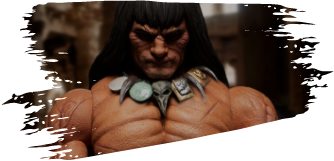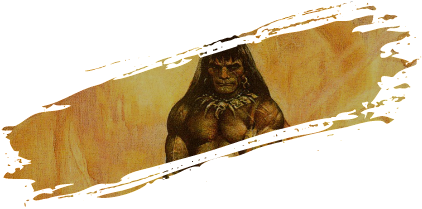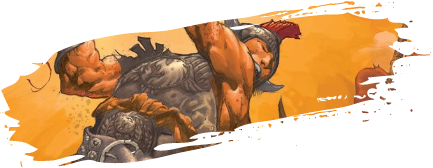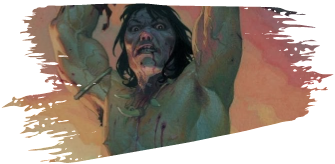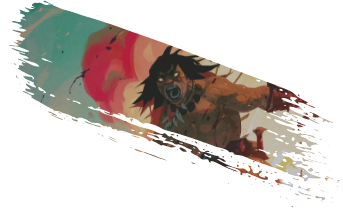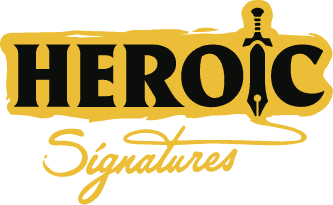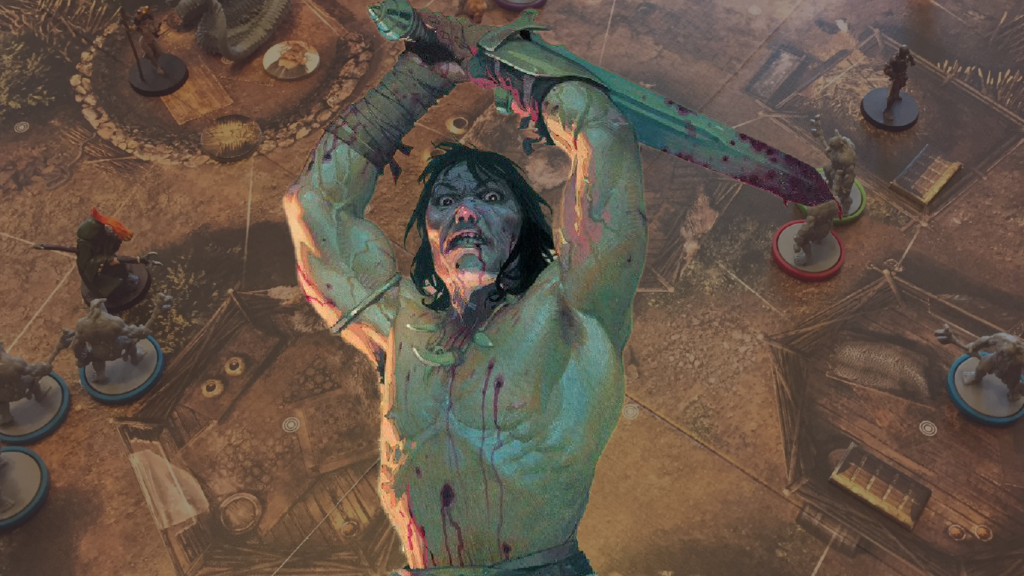
Everything you think you know about the origins of Dungeons & Dragons is wrong.
While countless histories of tabletop gaming have painted J.R.R. Tolkien as the literary godfather of D&D, the truth—according to someone who was actually there—is far more surprising. The creator of the world’s most influential roleplaying game wasn’t inspired by elves, hobbits, and kindly wizards. His muse was a battle-hardened barbarian with a blood-soaked sword.
In a candid interview that sheds new light on tabletop history, Cavalier takes us behind the scenes of early D&D development, sharing private conversations with Gygax about his “huge fan” status for Howard’s work and how reading “Conan the Conqueror” fundamentally “changed the way he looked at fantasy” and directly “helped him in the creation of D&D.”
Prepare to have your gaming history rewritten as we explore the surprising truth about the barbarian who helped invent the dice-rolling adventures we know today.
Bill Cavalier: Witness to Gaming History
Long before Dungeons & Dragons became a household name, a generation of fantasy fans found themselves captivated by the raw power and untamed adventure of Robert E. Howard’s most iconic creation. Bill Cavalier was among them, his journey beginning in the aisles of an ordinary grocery store that would lead to an extraordinary connection with gaming history.
“I have been a fan of Robert E. Howard since 1966, when I found the Lancer edition of Conan the Adventurer on my grocery store shelves, and it almost leaped into my hands, that fantastic Frank Frazzetta cover.”
Over time, Cavalier’s passion for Howard’s works only deepened. “I followed all of the Lancer books and I started to get involved with Robert E. Howard’s fandom, and first Conan was a big part of that all along the way.” This active participation in early Howard fandom placed him in a unique position to witness—and influence—how these stories would reshape fantasy gaming forever.
The worlds of Howard scholarship and tabletop gaming collided for Cavalier in a moment that would feel familiar to many who experienced the hobby’s early days. “In 1978, a friend of mine came up and said, ‘Hey, I found this game that you might like. called Dungeons and Dragons. The first time I played D&D, I realized that here was a game where I could be Conan.”
What Cavalier experienced in that first session was the fulfillment of a promise that fantasy literature had been making to readers for decades: the chance to step into the sandals of the barbarian himself and carve out your own legend with steel and courage. And as we’ll discover, he wasn’t alone in seeing Conan’s shadow looming large over the gaming table.
Direct from Gygax and Arneson

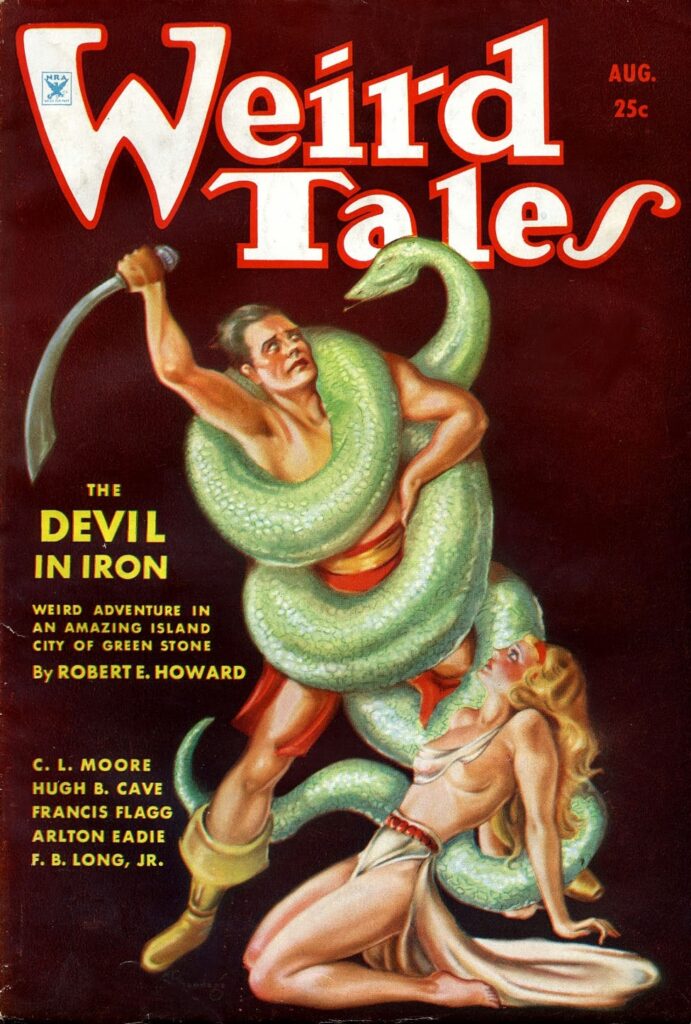
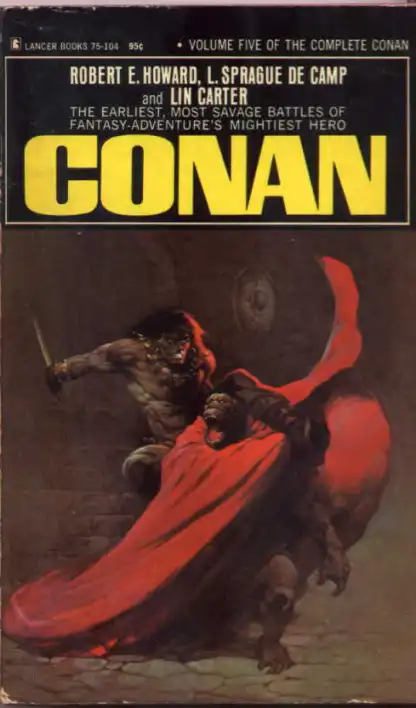
What separates rumor from history is primary evidence—the accounts of those who were actually there. When it comes to understanding the profound influence Robert E. Howard had on the creation of Dungeons & Dragons, Bill Cavalier provides something invaluable: direct testimony from Gary Gygax himself.
Unlike most fans who could only admire Gygax’s work from afar, Cavalier established a personal connection with the legendary game designer. “I actually wrote several letters to Gary Gygax, who was the co-creator of D&D, and he responded and found out that he was a huge fan of Robert E. Howard.” This correspondence wasn’t just fan mail—it was the beginning of a dialogue between two Howard enthusiasts that would yield fascinating insights into D&D’s creation.
Through these exchanges, Cavalier learned something that gaming historians now consider crucial to understanding D&D’s philosophical roots. Cavalier learned that Gygax recognized Howard’s gritty, action-driven approach as being perfectly suited to interactive gaming. “Mr. Gygax had said that when he read Conan the Conqueror, which was the gnome edition of the volume, it changed the way he looked at fantasy and it helped him in the creation of D&D.”
The correspondence eventually led to face-to-face meetings at the legendary GenCon conventions in 1980 and 1981. There, away from the formalities of panels and presentations, Cavalier and Gygax “sat down and just shot the breeze about Robert E. Howard.” During these casual conversations, Cavalier noticed that Gygax was someone who was “all aglow” when discussing Howard’s work.
Perhaps this is why Gygax’s adoration of Conan even manifested directly in the pages of Dragon Magazine, TSR’s official gaming publication. “He had one article where he mapped out Conan’s career from when the time was Conan was 15 until the time he was 100, and he had all the D&D stats for the Conan character at different ages.” The significance of these articles cannot be overstated. By statting out Conan—essentially creating his character sheet—Gygax was providing a template for what a D&D hero could and should be. He was telling players: this is what the system was designed to emulate. This was the gold standard for heroic fantasy roleplaying, directly connecting Howard’s literary creation to the tabletop experience Gygax had designed.
While Gary Gygax’s influence on D&D has been extensively documented, the contributions of co-creator Dave Arneson sometimes receive less attention in gaming histories. Yet Arneson’s vision was equally crucial to the game’s development—and according to Bill Cavalier, equally shaped by Howard’s brooding Cimmerian.
Cavalier’s unique position in early gaming circles allowed him to gather firsthand accounts from both architects of the roleplaying revolution. “I also talked to Dave Arneson about what was the importance of the Conan character, Robert E. Howard’s Conan, in the creation of Dungeons & Dragons…He told me that he incorporated the aspects of Conan as the hero killing the critter, and the hero stealing the treasure. That’s kind of what D&D is all about. Kill the critter, steal the treasure, at its base.”
What’s particularly striking about Cavalier’s account is how both creators, working somewhat independently, drew such similar inspiration from Howard’s work. While they approached Conan from different angles—Gygax through careful literary analysis and Arneson through the pure joy of pulp adventure—both recognized that Howard’s creation contained the essential DNA of what would make roleplaying games successful.
Howard vs. Tolkien: Setting the Record Straight
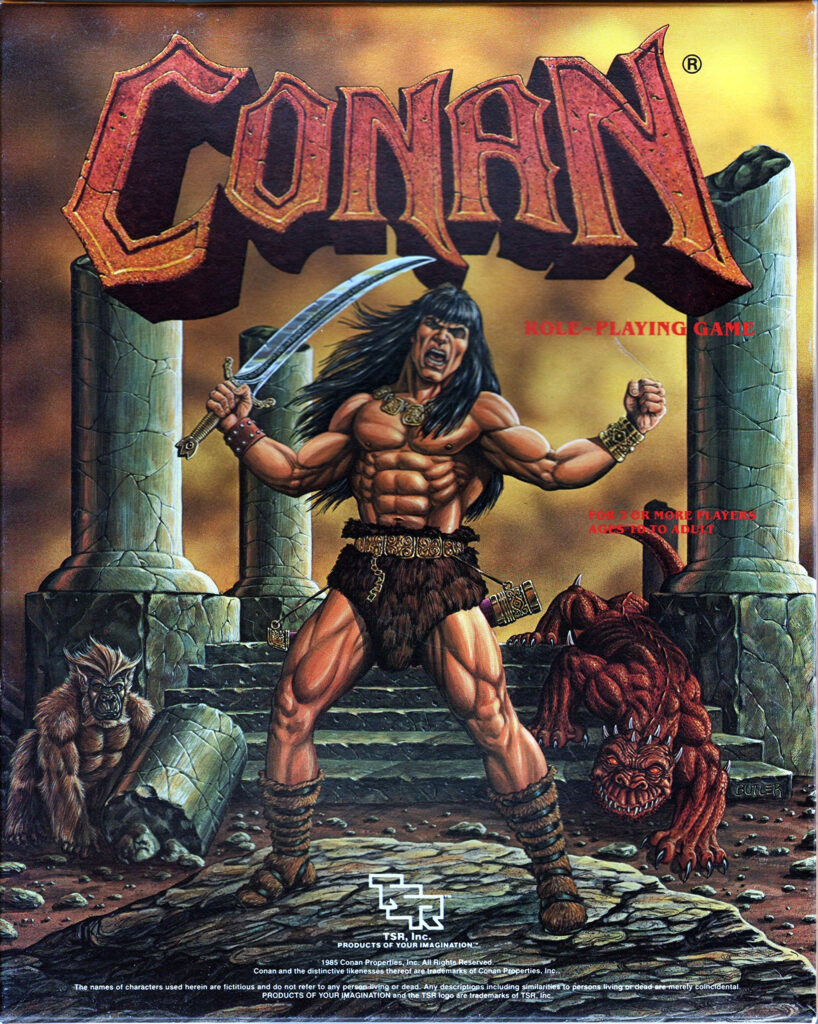
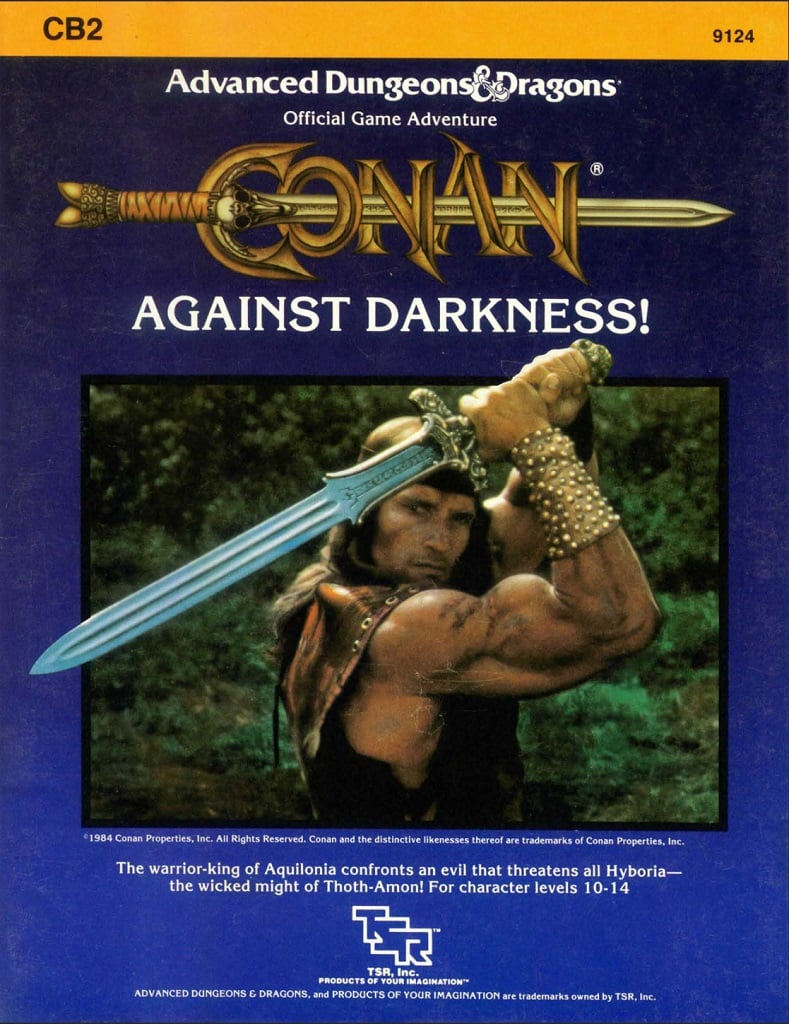
One of the most persistent myths in gaming history is that D&D emerged primarily as an attempt to recreate Tolkien’s Middle-earth at the tabletop. Open any gaming history book or documentary, and you’ll likely find The Lord of the Rings credited as the primary literary influence on D&D. But according to Bill Cavalier’s firsthand conversations with the game’s creators, this common narrative gets things exactly backward.
When both Gygax and Arneson were directly questioned about their literary influences, Howard stood alone—not alongside Tolkien, not as one influence among many, but as the singular author they explicitly credited. “Robert E. Howard was the only author mentioned when they were both asked about what authors influenced you”
This revelation might seem surprising given D&D’s surface-level elements: elves, dwarves, halflings (originally called “hobbits” until legal concerns necessitated a change), and wizards with flowing beards all seem to echo Tolkien’s world. However, Cavalier’s conversations with Gygax revealed something unexpected about the legendary designer’s personal tastes. “As far as Tolkien’s influence, well, Tolkien’s characters and storylines were brought in by other D&D [creators].”
The reason for this surprising omission becomes clear with Cavalier’s next revelation: Far from being a devoted Tolkien fan, Gygax actually didn’t particularly enjoy The Lord of the Rings—a stark contrast to his enthusiastic embrace of Howard’s work. “[Gygax] didn’t care for the Lord of the Rings stuff. And so, he didn’t personally didn’t bring it in, but he personally brought in Robert E. Howard, and made Robert E. Howard a big factor.”
Early D&D adventures reflect this Howardian influence clearly: brutal dungeons filled with deathtraps, ancient treasures guarded by monstrous beasts, and morally ambiguous scenarios where players acted as tomb raiders as often as heroes. Given this, it stands to reason that the “hack and slash” style of play that dominated early gaming tables was precisely what Gygax intended, inspired directly by Howard’s violent, visceral approach to fantasy. It also helps explain why attempts to run traditional “Tolkienesque” campaigns in D&D often require substantial modifications to the game’s core assumptions—the system was built from the ground up with Howard’s Conan, not Tolkien’s Aragorn, as its heroic template.
Howard’s Enduring Influence on Modern Gaming
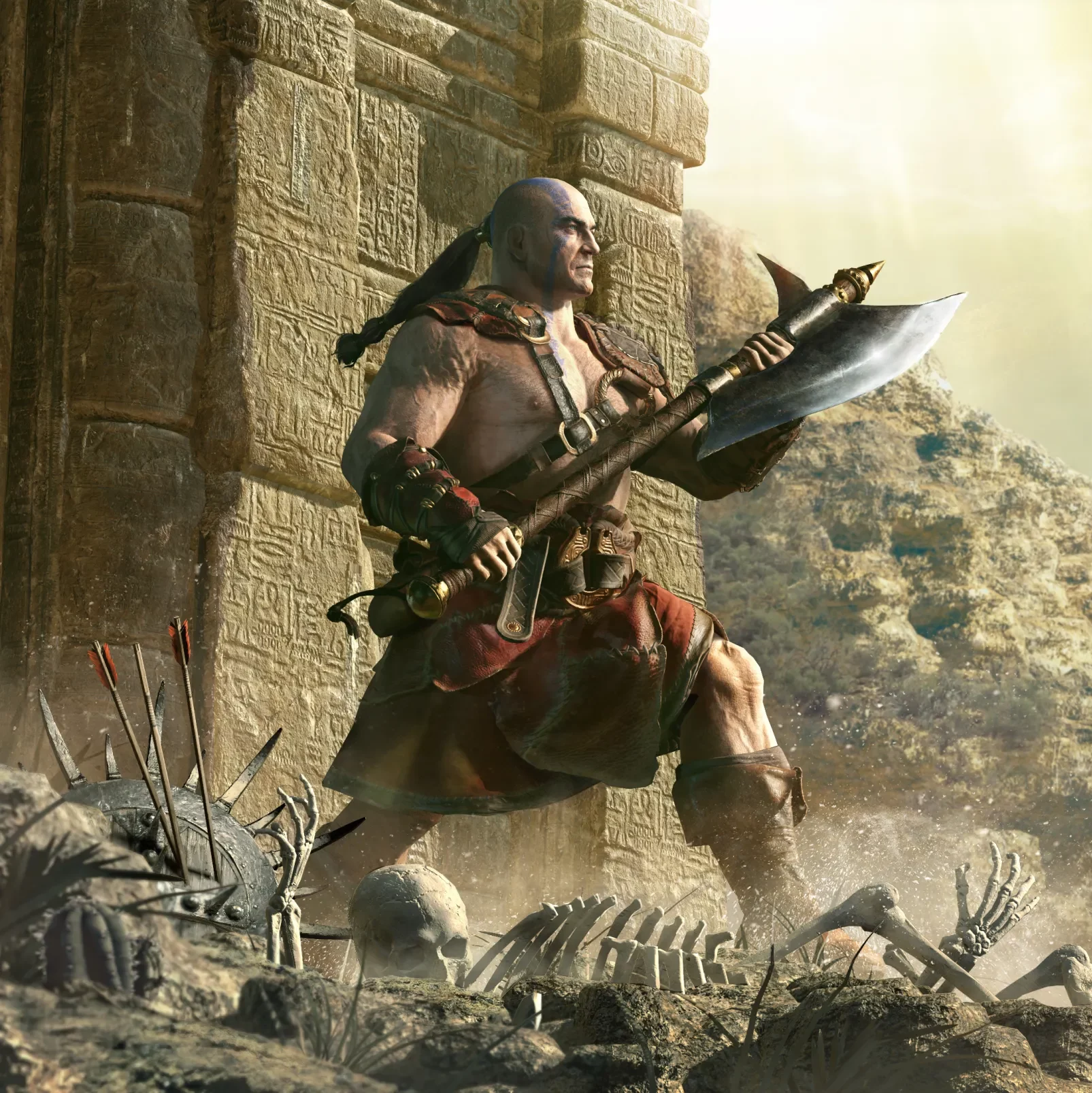
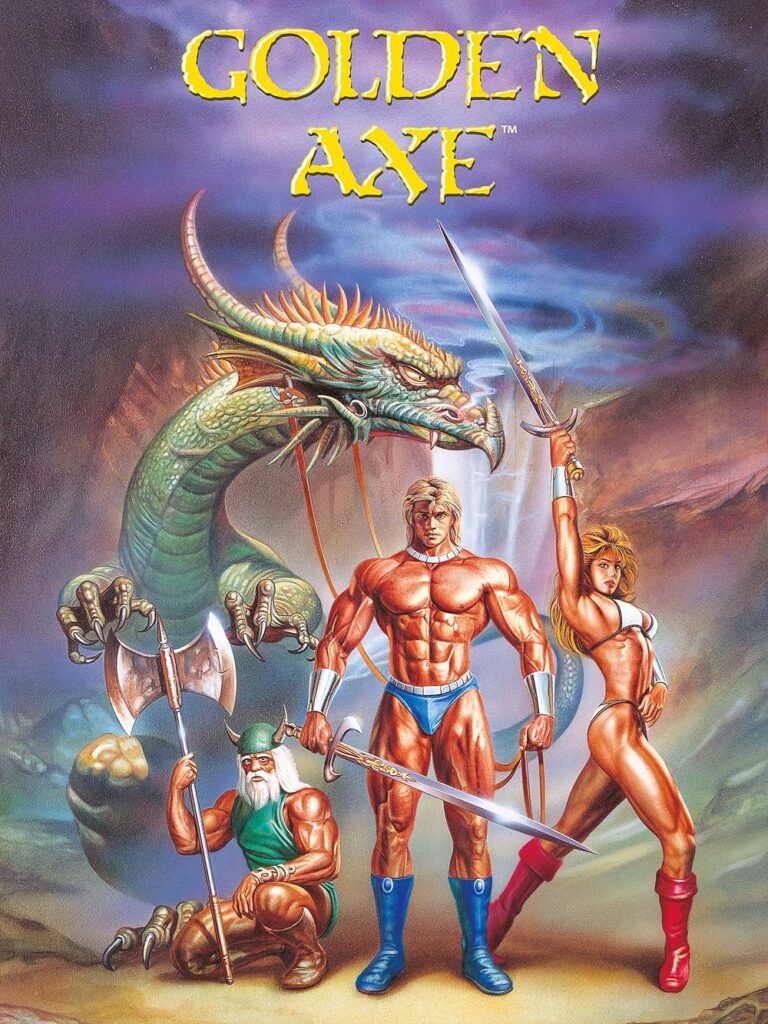
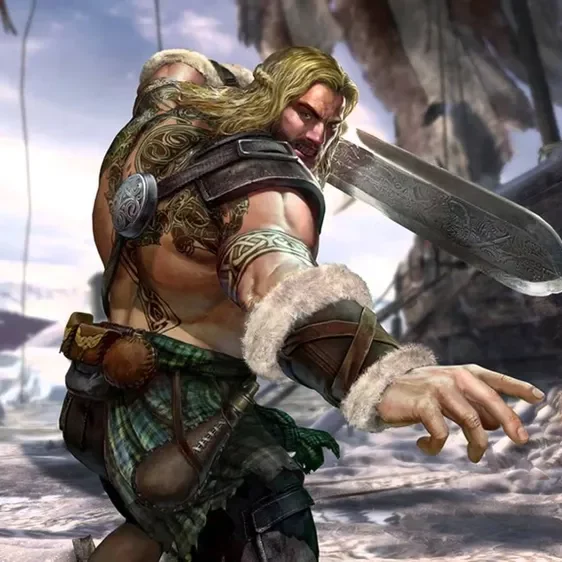
Nearly a century has passed since Robert E. Howard first typed the name “Conan” on his typewriter in Cross Plains, Texas. In the intervening decades, fantasy literature has expanded in countless directions, and tabletop gaming has evolved through multiple editions, rulesets, and paradigms. Yet Howard’s influence remains as potent as ever, continuing to shape how we conceptualize fantasy adventure.
“Look how much he’s, he’s brought to, you know, 90 years later, you know, 90 years after his death, he’s still an influence.” Few authors can claim such lasting impact not just on their own genre, but on entirely new art forms that emerged decades after their passing. Howard never saw a twenty-sided die, never heard of a “saving throw,” and certainly never imagined millions of players around the world rolling initiative. Yet his fingerprints are all over the hobby.
Bill Cavalier has documented this enduring legacy in his scholarly work. “I wrote an article in Knights of the Dinner Table, number 236… about the history of Robert E. Howard’s influence on role-playing games. And, in, in a lot of ways, without the works of Robert E. Howard, D&D wouldn’t be anything nearly like it is.”
Today, Heroic Signatures continues this legacy as the dedicated steward of Howard’s intellectual property. Their commitment to preserving the authentic spirit of Howard’s work while allowing it to reach new audiences ensures that the Cimmerian’s adventures will continue to inspire for generations to come.
The connection between Howard and gaming that began with Gygax and Arneson continues with the newest edition of the Monolith TTRPG, which brings players directly into the Hyborian Age. Unlike adaptations that merely borrow Conan’s name, this system embraces Howard’s unique vision of fantasy—a world where magic is mysterious and dangerous, where strength and cunning matter more than fancy equipment, and where the greatest treasures come with the deadliest guardians.
For those who have followed Conan only through films, comics, or video games, exploring Howard’s world through this tabletop RPG offers players the chance to forge your own legend in the setting that birthed modern fantasy gaming. The circle that began when Bill Cavalier realized D&D would let him “be Conan” now continues with a system specifically designed to capture the authentic experience that Howard intended.
Whether you’re a veteran gamer looking to return to fantasy’s roots or a Howard reader curious about interactive storytelling, the Hyborian Age awaits in the new Monolith RPG. The barbarian who helped create gaming as we know it now invites you to continue his adventures with sword in hand.
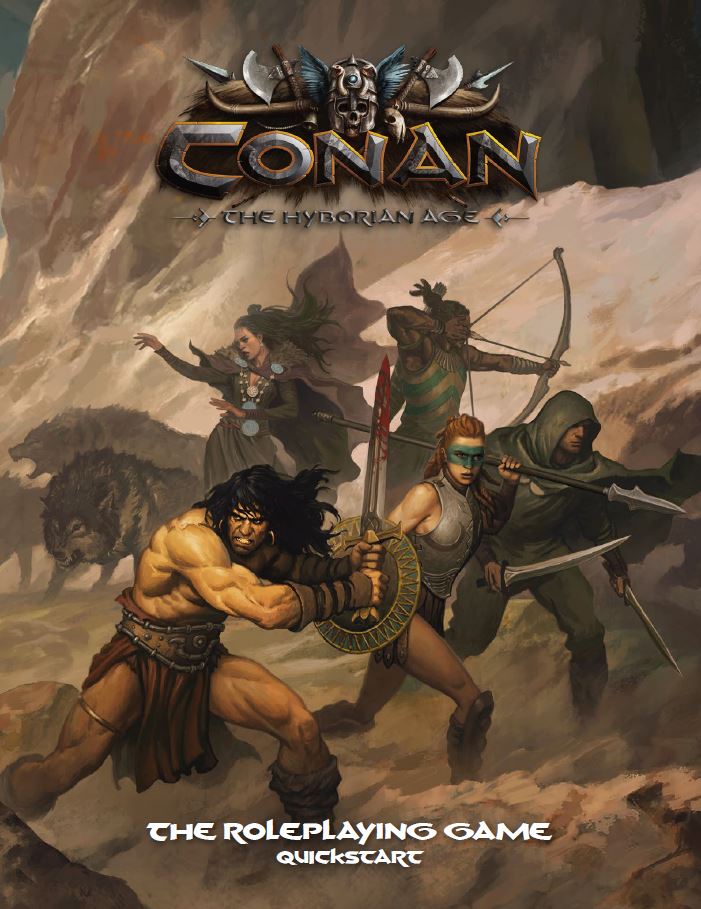

Lo Terry
In his effort to help Heroic Signatures tell legendary stories, Lo Terry does a lot. Sometimes, that means spearheading an innovative, AI-driven tavern adventure. In others it means writing words in the voice of a mischievous merchant for people to chuckle at. It's a fun time.

